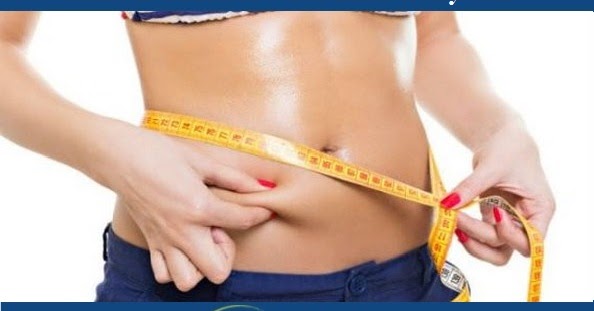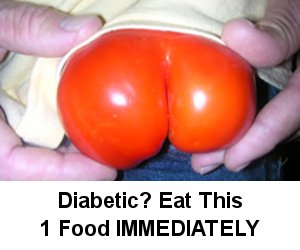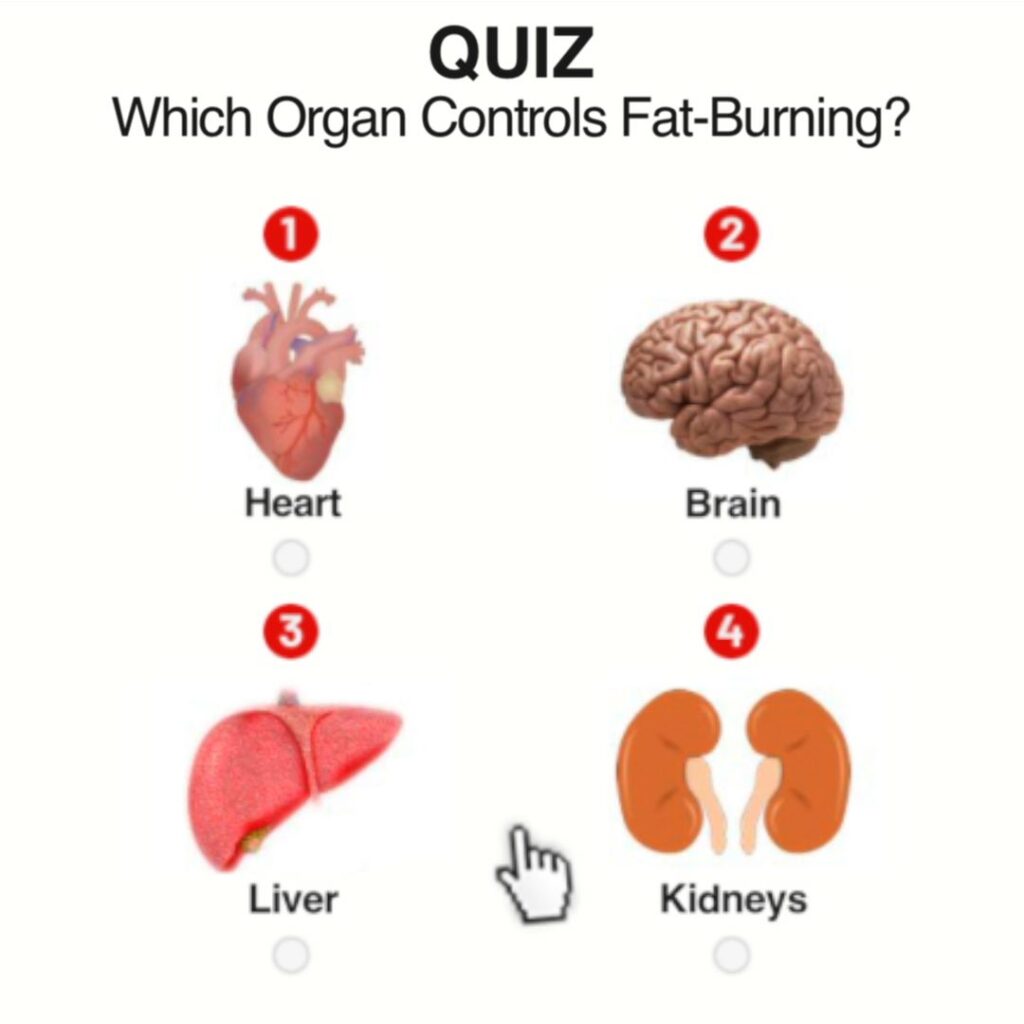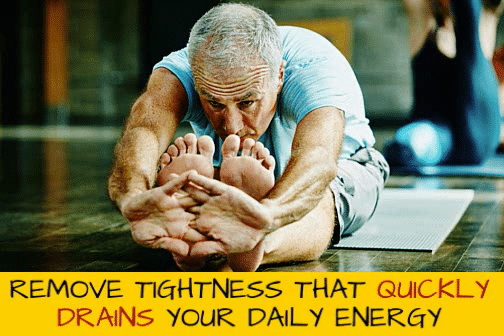Understanding calories
One of the lessons I hope you will get from reading my posts is how to lose weight and stabilize your blood glucose level. To help you do this you must first understand an important rule of thumb as far as nutrition is concerned:
Calories in – Calories out = body weight.
In other words, under normal conditions, if you use up the same amount of calories that you consume you will maintain your current weight. If you want to lose weight then you must either reduce the number of calories you take in for energy or increase the number of calories you burn up from activity . . . or some combination of the two.
In this post we will focus on some of the basics of calories and their sources.
Calorie . . . our daily needs and it’s source
All foods release heat when they are broken down. This release of heat is measured in calories. Therefore you can say that a calorie is a unit of energy (heat). It is the amount of energy or heat flow needed to raise the temperature of one gram of water one degree Celsius. (One degree Celsius is the equivalent of 1.8 degrees Fahrenheit)
A calorie in physics is expressed differently from a calorie in nutrition. A calorie in nutrition is one thousand times bigger than that in physics. As stated earlier, a food calorie is the amount of heat or energy necessary to raise the temperature of a kilogram of water by one degree Celsius. In nutrition a calorie is actually a kilocalorie or Kcal for short. For the sake of simplicity, the kilo is dropped and food calories are simply expressed as calories. So when you read the label on a bag of Cheetos where each serving of ten contains 160 calories it is really 160,000 kilocalories.
Our daily caloric needs
We need a certain amount of energy each day to undertake our daily tasks. Even when we’re sleeping we still need some energy albeit a small amount, to maintain basic bodily function.
There are five things that determine how much energy we use: age, gender, physical activity, heredity and weight.
Active men need approximately 3,000 calories to get through each day. Active women, teenage girls, children and less active men need approximately 2,300. Less active women and some older adults need about 1,700 calories per day.
Sources of calories
We get our calories from three main sources: protein, carbohydrate and fat. For those of you who say you can ‘get calories from alcohol’ also, you are right. The problem is that some of you get too much from alcohol.
The amount of calories per gram for each source of nutrient is as follows:
1 gram of carbohydrate equals 4 calories
1 gram of protein equals 4 calories
1 gram of fat equals 9 calories
1 gram of alcohol equals 7 calories
1 pound of fat is 3500 calories
So as you read the food labels on the back of the products you buy in the supermarket you can now calculate the number of calories you are taking in.
For many years I subscribed to a high protein, low carbohydrate diet as advocated by doctors Michael and Mary Dan Eades in their book Protein Power. I initially lost the excess weight I needed to lose. Since then I have adjusted my diet to include a more balanced proportion of the three main food groups. I still, however, put more emphasis on good quality protein such as chicken, fish and turkey. My weight has remained consistent even when I occasionally backslide.
To a healthier you,
Owen Lecky






